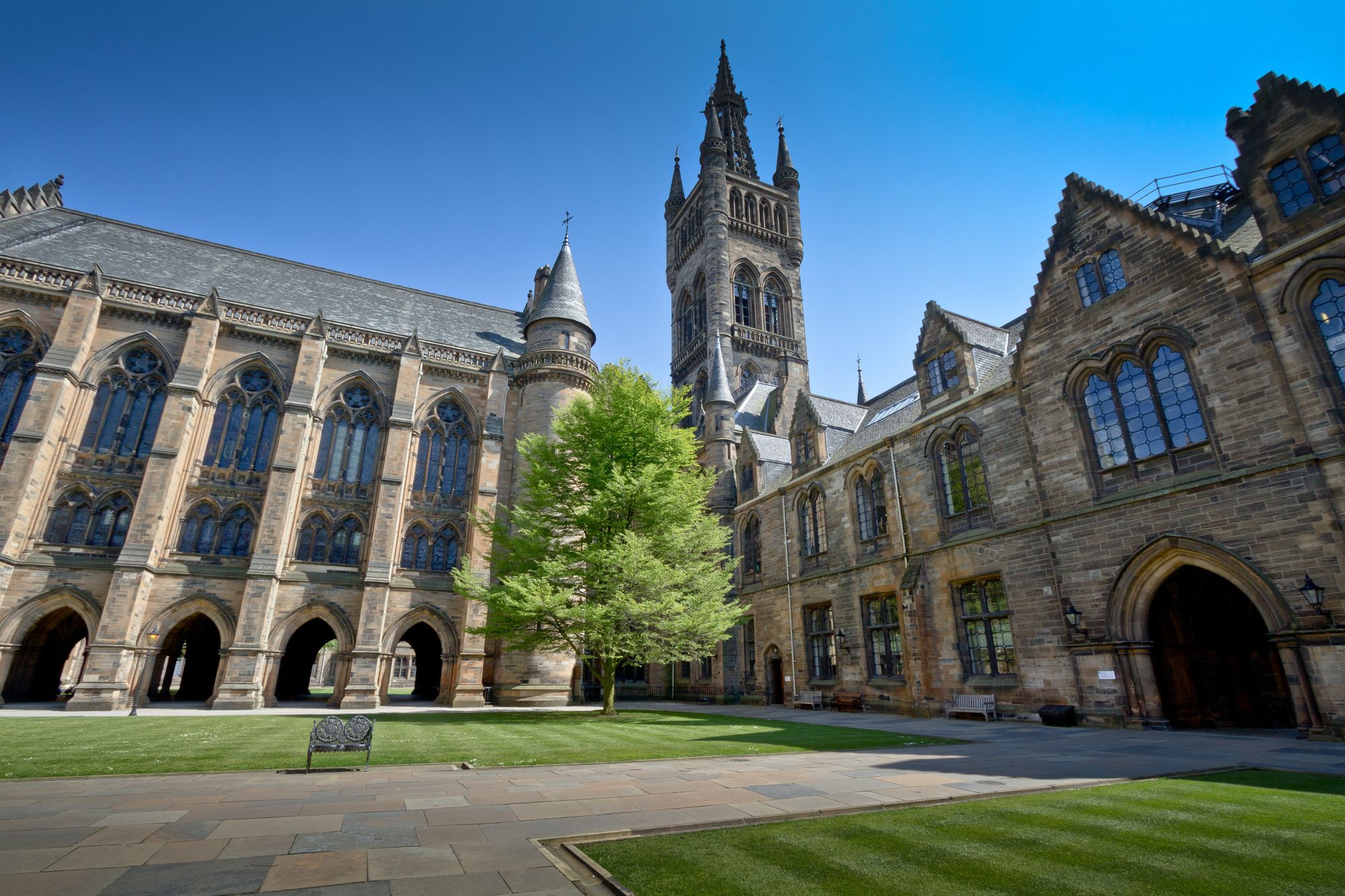Education Data 2017
Currently in the UK, about 25% of the population are in education.

Comprising a significant proportion of the total population, this group of young people, typically aged up to 21, are unique consumers who forge distinct patterns in both geography and the economy. Knowing where places of education are located is therefore crucial in enabling wise location planning and other strategic decisions.
Geolytix build their education dataset annually from open data sources, enhancing and combining different datasets to create a comprehensive UK Education pack geocoded at postcode level and compromised of the following:
- Early Year Centres
- Schools
- Further/ Higher Education Institutions
- University Buildings
- University Points of Interest (POI)
- University Term Dates
- University Student Numbers
Early Years
Early Years data is composed of over 90,000 nurseries, childminders, early years centres, playgroups and crèches. Where available the following information is included: contact details, registration date, provision and service type e.g. nursery/ childminder and voluntary/ local authority provided, registers the provider is on, the number of places and any inspection dates and outcomes. Withheld information mainly applies to individual childminders and home childcarers and is for legal and security purposes.
Schools
There are almost 30,000 schools across the UK. This includes state-funded primary and secondary schools, grammar, independent and special educational need (SEN) schools which are also allocated by school management type, for example academy, free school, voluntary, local authority or independent. A large number of further attribute columns are also provided: contact details, upper and lower ages, capacity, gender, if the school has either a sixth form or takes boarders, religious affiliation, SEN provision and pupil numbers, % pupils eligible for free school meals and Ofsted ratings (England only).
With this information, it is clear to see how you might begin to build up a picture not only of the basic facts about geographical distribution, but also how you may infer more general information about the types of areas schools are located within; for example a high percentage of free school meal eligibility may imply a more deprived area or a cluster of schools with a particular religious affiliation may indicate a high concentration of a particular religious or ethnic population.
Further Education
Further education institutions are split into sixth form centres, colleges and universities. The 677 records include contact details, higher and lower age limits, number of students (split by type depending on institution), and total number of staff and car parking spaces (where available).
University Buildings and POI
2017 has seen an extensive update to the university building and poi datasets. A total of 34 universities have been added, compromised of 381 new buildings, and a further 13 existing universities have been updated, making a total of 440 new buildings in the 2017 dataset. The list of universities is aligned with the Higher Education Statistics Authority (HESA).
Newly-added universities include many of the arts and music colleges across the UK including the schools of the Conservatoire for Dance and Drama such as RADA and LAMDA as well as the Royal College of Music, Guildhall School of Music and Drama, Royal Northern College of Music, Royal College of Art, Glasgow School of Art, Plymouth College of Art and Norwich University of the Arts. In addition, all of the University of London’s UK colleges are now included along with all of their owned accommodation. The following colleges have been added:
- Birbeck
- Courtauld Institute of Art
- Heythrop College
- London Business School
- London School of Hygiene and Tropical Medicine
- Royal Academy of Music
- Royal Veterinary College (RVC)
- School of Advanced Study
- The Institute of Cancer Research
- The Royal Central School of Speech and Drama
Other notable additions include all the colleges and associated learning centres of the University of the Highlands and Islands (a total of 96 buildings), the University of Suffolk and the new Sport and Fitness club at the University of Birmingham which opened this month.
Across the country, 67 new student residences have been recorded, capturing over 11,500 students. With purpose-built student accommodation growing rapidly, it is crucial to keep up to date with where students live as they are a unique consumer group with distinct spending habits and form a significant proportion of the population of many cities. Combined with our university term dates and student number spreadsheets, you can be clear on what to expect from student spending across the course of a year, helping you to plan and predict spending patterns more accurately.
In addition to university buildings, there are 162 new points of interest, with 1882 points in total. These consist of catering outlets, access points such as receptions, entrances and car parks and sports facilities, helping you to quickly identify key points around a university campus.
Having all of this information recorded together in one data pack is invaluable. Whether you are a retailer looking to open a new store in a student area or target parents on the school run or are a local organisation assessing education provision or socioeconomic/ community needs, the education pack can help with your decision-making.
If you would like to know more or are interested in purchasing the data, please see the interactive map and documentation on our website or contact Louise Cross.
Title Image: Photo by Michael D Beckwith on Unsplash
